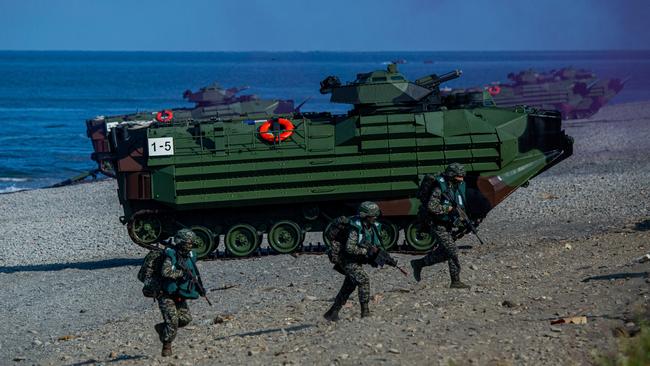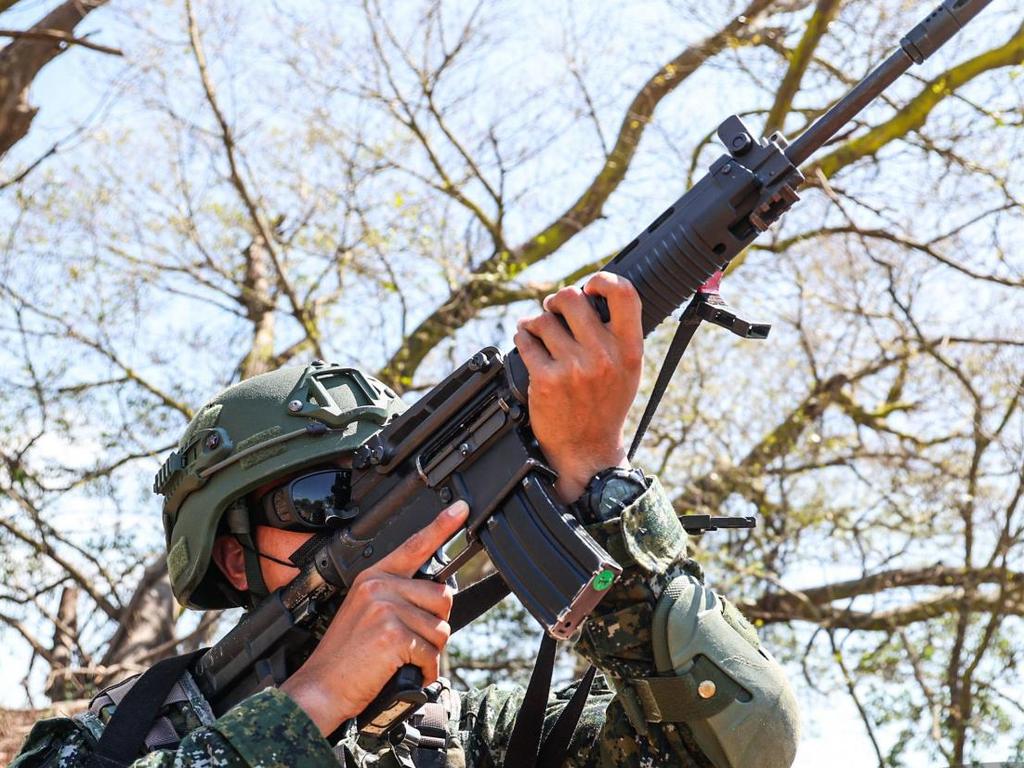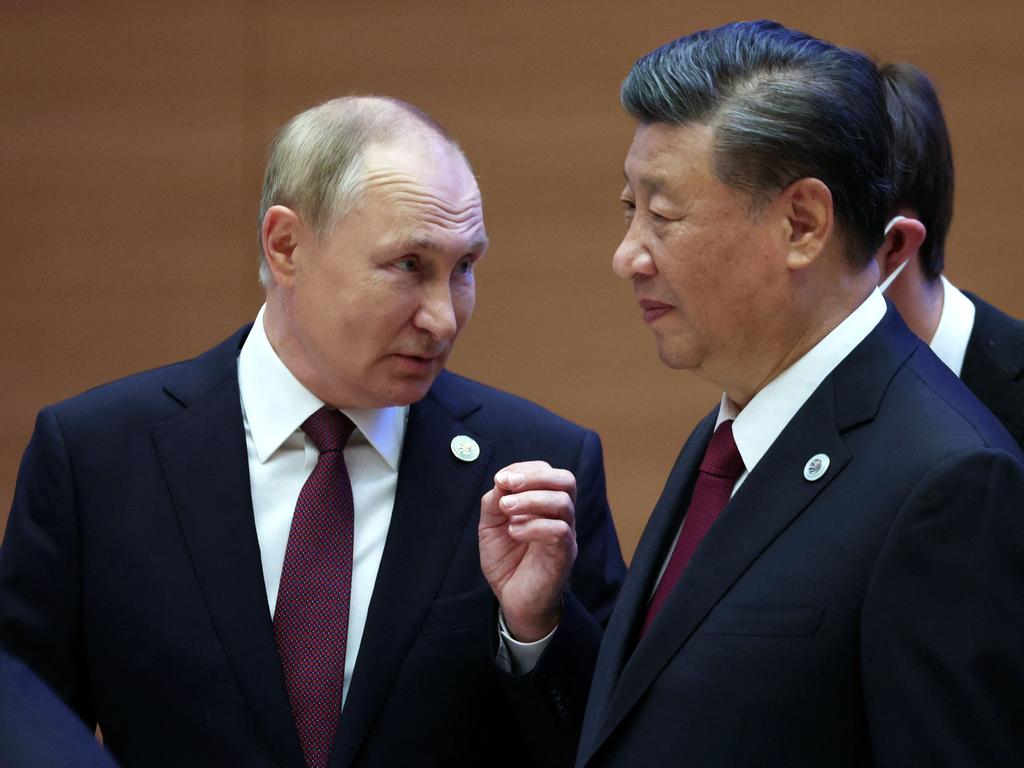Tiny Taiwan can outfight Chinese ‘at close range’
A fierce debate is taking place about how best the island can continue to guard its freedom from rule by Beijing.

On maps, the island of Taiwan resembles a plump shrimp beneath the belly of an immense whale.
Compared with China, which claims it as its territory, Taiwan has less than 0.4 per cent of the land area and less than 2 per cent of the population.
Across the Taiwan Strait, 170,000 Taiwanese troops face more than two million active members of the People’s Liberation Army. And yet in a tense military confrontation that has lasted for 73 years, the little shrimp has proved impossible to swallow up.
Taiwan has successfully deterred Chinese invasion since 1949, when the nationalist army fled there to establish an independent government after its defeat by the communists in the civil war. Since then, however, China’s army has transformed itself into an ever more powerful military force, with aircraft carriers, nuclear submarines and hypersonic ballistic missiles.
And a fierce debate is taking place about how best the island can continue to guard its freedom from rule by Beijing, despite a widening gap in military strength.
On Sunday, the Chinese Communist Party began its five-yearly congress, from which President Xi Jinping, the party leader, is expected to emerge stronger than ever. The reunification of Taiwan, by force if necessary, is central to Mr Xi’s “China dream” of national “rejuvenation” by the middle of the century.
Russia’s invasion of Ukraine and the changing position of Washington has complicated calculations about how an invasion of Taiwan would be launched, how it could be repelled and how the rest of the world would react.
For decades the solution to Taiwan’s defence seemed straightforward – to acquire the most advanced and powerful weapons to match and defeat the adversary. China might have more personnel, but with high-level training and the most modern equipment – fighter jets, tanks and missiles – Taiwan could hold its own.
However, a more recent line of Taiwanese thinking argues that the island has a more realistic and effective strategy in its grasp. Asymmetric warfare, also known as the porcupine strategy, abandons hope of defeating an invader in the air, on land and on the sea. Instead it looks to smaller and more modest weapons to make the effort to swallow up the island unbearably difficult.
The geographical isolation of Taiwan, which is protected from the mainland by 160km of choppy seas, gives it advantages.
An asymmetric defence would invest in sea mines, land-based anti-ship missiles and hundreds of small missile-launching boats, rather than big naval ships, to take out amphibious craft as they approached landing sites. It would equip troops with small, light vehicles for lightning attacks, and with the weapons for an extended period of guerrilla warfare.
“Our job is not to completely destroy the enemy – it’s to freeze their invasion plan, to make them think, ‘We are not ready yet’, year after year,” says Admiral Lee Hsi-ming, who as Taiwan’s former chief of general staff pioneered the asymmetric defence plan.
If China intends to bring Taiwan under political control, it must at some point physically occupy the island. This could prove hugely costly, in human and political terms.
“Most Chinese soldiers come from one-child families,” Michael Cole, an analyst with the International Republican Institute in Taipei, said. “You’d quickly have thousands of families losing their only son.”
Taiwan’s defence ministry still uses the term asymmetric in its strategy papers, but it is leaning towards the acquisition of big, expensive “legacy” weapons systems, such as F-16 fighters and a Taiwanese built submarine.
“When people see an F-16 they feel better,” Admiral Lee said. “The small drone is not so symbolic.”
President Joe Biden has said repeatedly that he would send troops to fight off a Chinese invasion. Whether the next president of the US would take the same view is unknowable so, in the meantime, Taiwan must prepare to defend itself.
“We don’t have too much time to prepare,” Admiral Lee said.
“If they can continue to expand their development of military by rapid development of economic power, then sooner or later time will be up.”
The Times






To join the conversation, please log in. Don't have an account? Register
Join the conversation, you are commenting as Logout